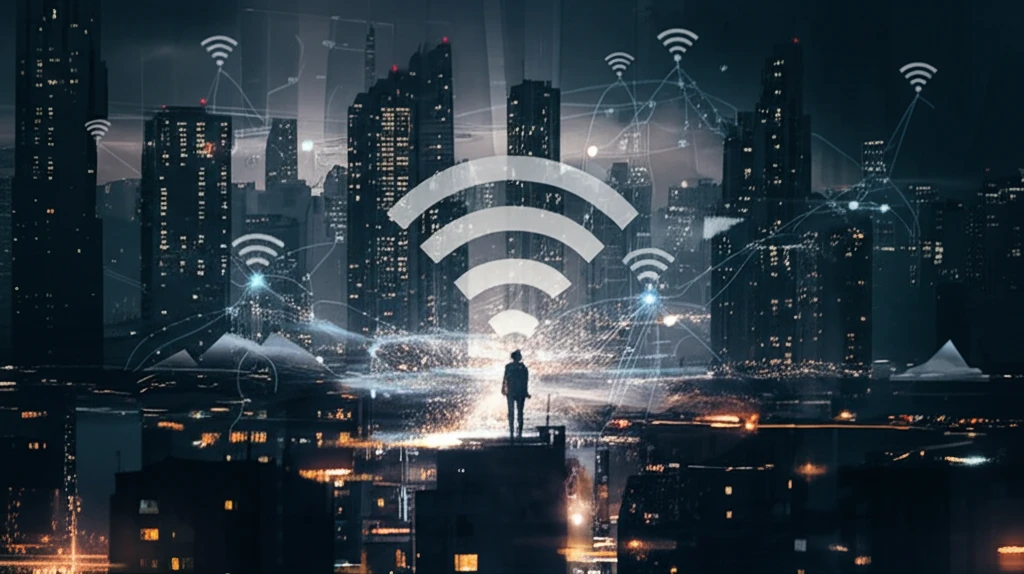
Decoding Wireless Signals: How to Improve Your Connection in a Noisy World
"Learn about advanced techniques for clearer, faster wireless communication, even when the signal is weak."
In today's interconnected world, reliable wireless communication is essential. We depend on it for everything from staying in touch with loved ones to conducting business. However, the quality of wireless signals can be significantly impacted by factors such as fading, shadowing, and interference, which disrupt wireless signals and reduce quality.
One major issue is impulsive noise, a type of non-Gaussian noise, which is particularly problematic. This type of noise, alongside interference from other devices and signal echoes, makes it hard to maintain a strong and clear wireless signal. Impulsive noise is common in various settings, from indoor environments with multiple electronic devices to outdoor environments affected by weather and obstructions.
To combat these challenges, researchers are constantly developing new techniques to enhance signal detection and reduce noise. One promising approach involves using Multiuser Detection (MUD) techniques with advanced statistical methods to better identify and interpret signals, even when conditions are far from ideal. This article explores how these innovations are paving the way for more reliable and robust wireless communication systems.
Understanding the Challenges: Fading, Shadowing, and Impulsive Noise

Imagine trying to have a conversation in a crowded room where multiple people are talking at once. Wireless communication systems face a similar problem. Fading occurs when the signal strength varies due to obstacles and movement, while shadowing happens when objects block the direct path between the transmitter and receiver. These effects can weaken the signal and make it difficult to decode the information accurately.
- Diversity Techniques: Using multiple antennas to receive the signal, increasing the chances of capturing a clear signal.
- Advanced Signal Processing: Employing algorithms that can differentiate between the desired signal and unwanted noise.
- Error Correction Codes: Adding extra information to the signal that allows the receiver to detect and correct errors caused by noise and interference.
The Future of Wireless: Clearer Signals Ahead
As technology evolves, the demand for reliable wireless communication will only continue to grow. The techniques discussed here, including advanced multiuser detection methods and noise reduction strategies, represent important steps forward in achieving clearer, more robust wireless signals. By continuing to innovate and refine these approaches, we can look forward to a future where dropped calls and slow internet speeds are a thing of the past, ensuring seamless connectivity for everyone.
